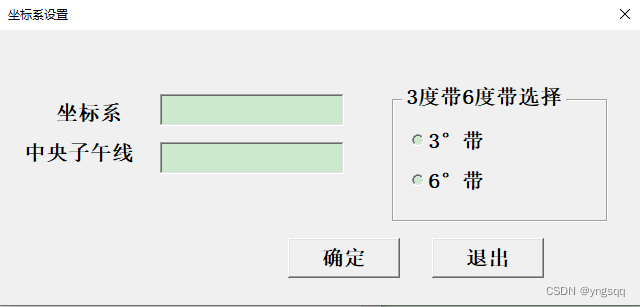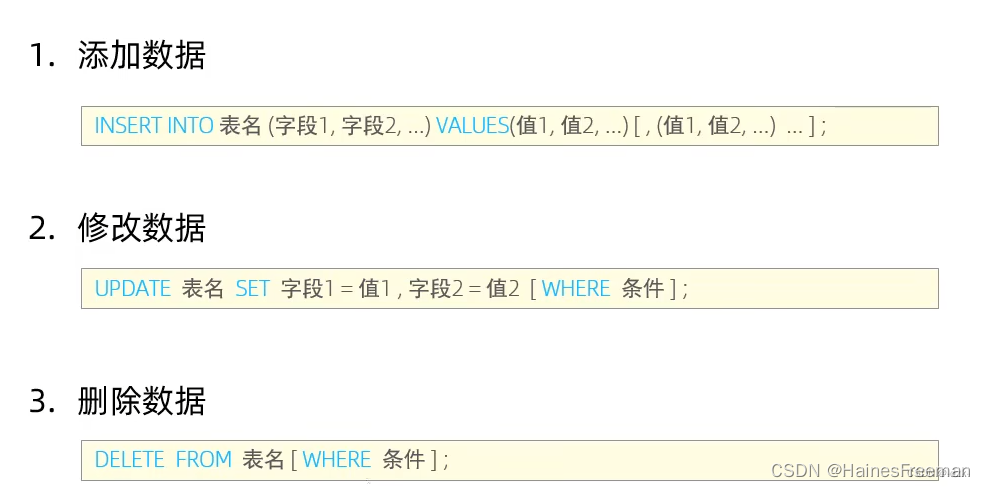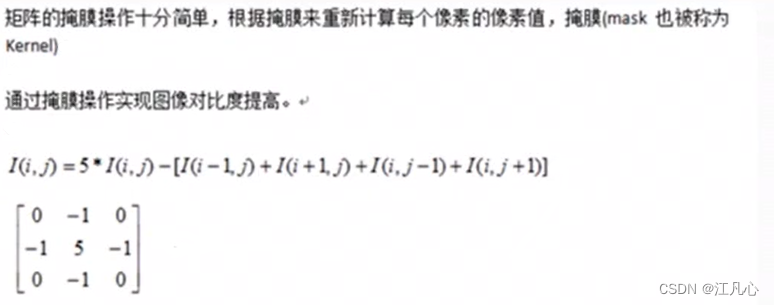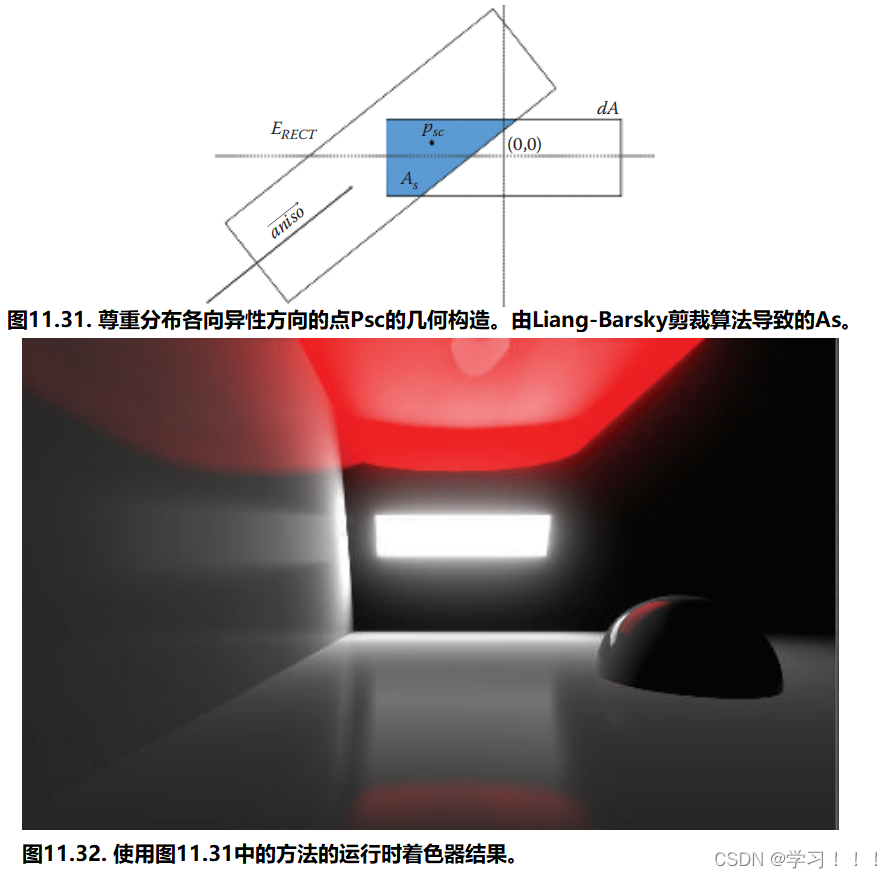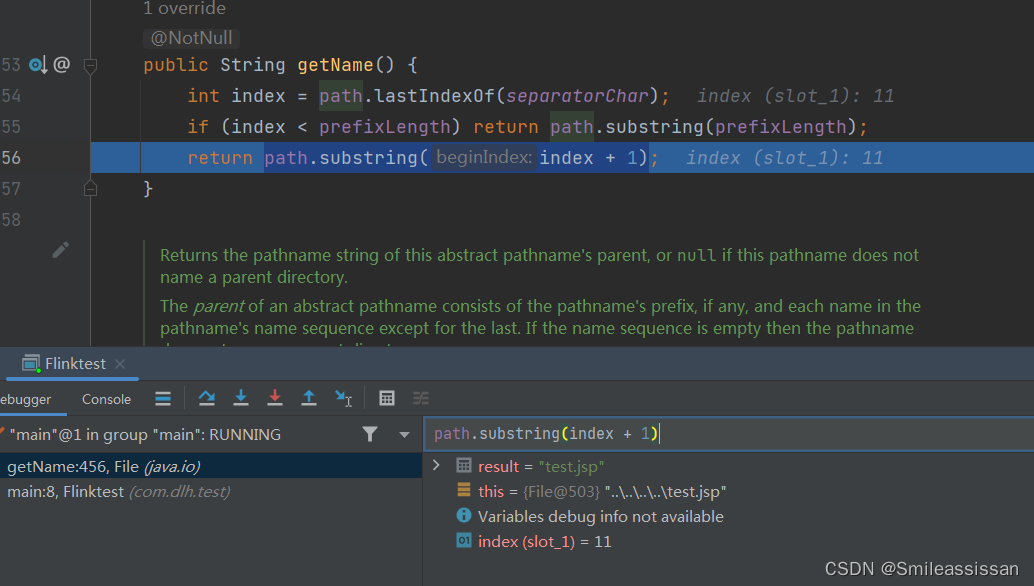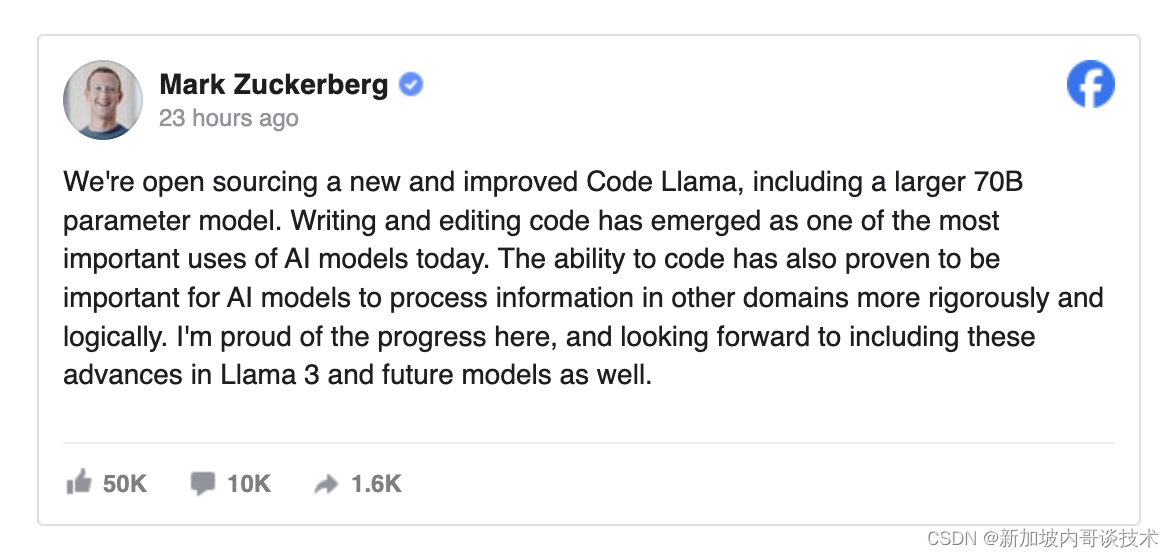一、并发、并行、串行
并发: 多个任务在同一时间段内同时执行,如果是单核计算机,CPU会不断地切换任务来完成并发操作
并行:多任务在同一时刻同时执行,计算机需要有多核心,每个核心独立执行一个任务,多个任务同时执行,不需要切换
串行:多任务开始执行,任务A、B、C全部执行完成后才算是结束
二、线程的定义
线程是一个轻量级的进程,是进程中的一个执行单元,是CPU的最小调度单元,一个进程中可以有N个线程
三、线程的创建(Java中是如何使用线程的)
3.1 实现Runable接口
public class Thread01 implements Runnable{
@Override
public void run() {
System.out.println("当前线程为:" + Thread.currentThread().getName());
}
}
3.2 匿名内部类实现Runable接口
public class Thread02 {
public static void main(String[] args) {
Thread thread = new Thread(new Runnable() {
@Override
public void run() {
System.out.println("使用匿名内部类,实现Runnable接口的当前线程" + Thread.currentThread().getName());
}
});
thread.start();
}
}3.3 继承Thread对象
public class Thread03 extends Thread {
@Override
public void run() {
System.out.println("继承Thread类的当前线程" + Thread.currentThread().getName());
}
}3.4 匿名内部类继承Thread对象
public class Thread04 {
public static void main(String[] args) {
Thread thread = new Thread() {
@Override
public void run() {
System.out.println("匿名内部类继承Thread的当前线程" + Thread.currentThread().getName());
}
};
thread.start();
}
}3.5 Lambda表达式
public class Thread05 {
public static void main(String[] args) {
Thread thread = new Thread(() -> {
System.out.println("使用lambda表达式创建当前线程:" + Thread.currentThread().getName());
});
thread.start();
}
}实现Callable接口 线程池创建(后续补充)
四、线程的启动和停止方式
线程的启动就是执行start方法,然后启动该线程。
线程停止:正常的情况下应该满足 1.停止接收新的请求 2.然后把已经接收到的请求处理完 3.停止线程
interrupt()友好的停止线程
主动停止的方式->run方法执行结束
被动停止的方式
public class Thread01 implements Runnable{
public static void main(String[] args) throws InterruptedException {
Thread thread = new Thread(new Thread01());
thread.start();
Thread.sleep(2000);
thread.interrupt(); //发送一个中断信号 中断标记变为true
}
@Override
public void run() {
// Thread.currentThread().isInterrupted() 获取中断状态
while (!Thread.currentThread().isInterrupted()) {
try {
Thread.sleep(1000);
} catch (InterruptedException e) { // 中断标记变为false
e.printStackTrace(); // 这里会复位
//todo 这里的选择在于开发者 决定是否要真的中断
Thread.currentThread().interrupt(); // 真正的中断 中断标记变为true
}
System.out.println("当前线程为:" + Thread.currentThread().getName());
}
}
}
分析:线程的中断在底层会有一个中断标记,当主线程执行interrupt(),就会向该线程发出一个中断标记,表示我要你当前线程中断了,但是真正的中断与否取决于当前线程,Thread.currentThread().isInterrupted()该方法会获取主线程发过来的中断状态并且复位,然后真正的中断操作由开发者在当前线程决定,这就是友好的线程中断方式
注:TInterruptedExceptio该异常有两个功能 1. 唤醒处于阻塞状态下的线程, 2.修改中断的状态由true变为false
五、线程的生命周期
线程从start启动一个线程 到线程中的指令执行完毕后结束,即run方法结束
六、线程的状态流转

分析: 线程在java中分为6个状态 NEW 、RUNNABLE、WAITING、TIMED_WAITING、 BLOCKED、TERMINATED
在源码的Thread类中有这么一个状态枚举
public enum State {
/**
* Thread state for a thread which has not yet started.
*/
NEW,
/**
* Thread state for a runnable thread. A thread in the runnable
* state is executing in the Java virtual machine but it may
* be waiting for other resources from the operating system
* such as processor.
*/
RUNNABLE,
/**
* Thread state for a thread blocked waiting for a monitor lock.
* A thread in the blocked state is waiting for a monitor lock
* to enter a synchronized block/method or
* reenter a synchronized block/method after calling
* {@link Object#wait() Object.wait}.
*/
BLOCKED,
/**
* Thread state for a waiting thread.
* A thread is in the waiting state due to calling one of the
* following methods:
* <ul>
* <li>{@link Object#wait() Object.wait} with no timeout</li>
* <li>{@link #join() Thread.join} with no timeout</li>
* <li>{@link LockSupport#park() LockSupport.park}</li>
* </ul>
*
* <p>A thread in the waiting state is waiting for another thread to
* perform a particular action.
*
* For example, a thread that has called <tt>Object.wait()</tt>
* on an object is waiting for another thread to call
* <tt>Object.notify()</tt> or <tt>Object.notifyAll()</tt> on
* that object. A thread that has called <tt>Thread.join()</tt>
* is waiting for a specified thread to terminate.
*/
WAITING,
/**
* Thread state for a waiting thread with a specified waiting time.
* A thread is in the timed waiting state due to calling one of
* the following methods with a specified positive waiting time:
* <ul>
* <li>{@link #sleep Thread.sleep}</li>
* <li>{@link Object#wait(long) Object.wait} with timeout</li>
* <li>{@link #join(long) Thread.join} with timeout</li>
* <li>{@link LockSupport#parkNanos LockSupport.parkNanos}</li>
* <li>{@link LockSupport#parkUntil LockSupport.parkUntil}</li>
* </ul>
*/
TIMED_WAITING,
/**
* Thread state for a terminated thread.
* The thread has completed execution.
*/
TERMINATED;
}6.1 新建状态(NEW)
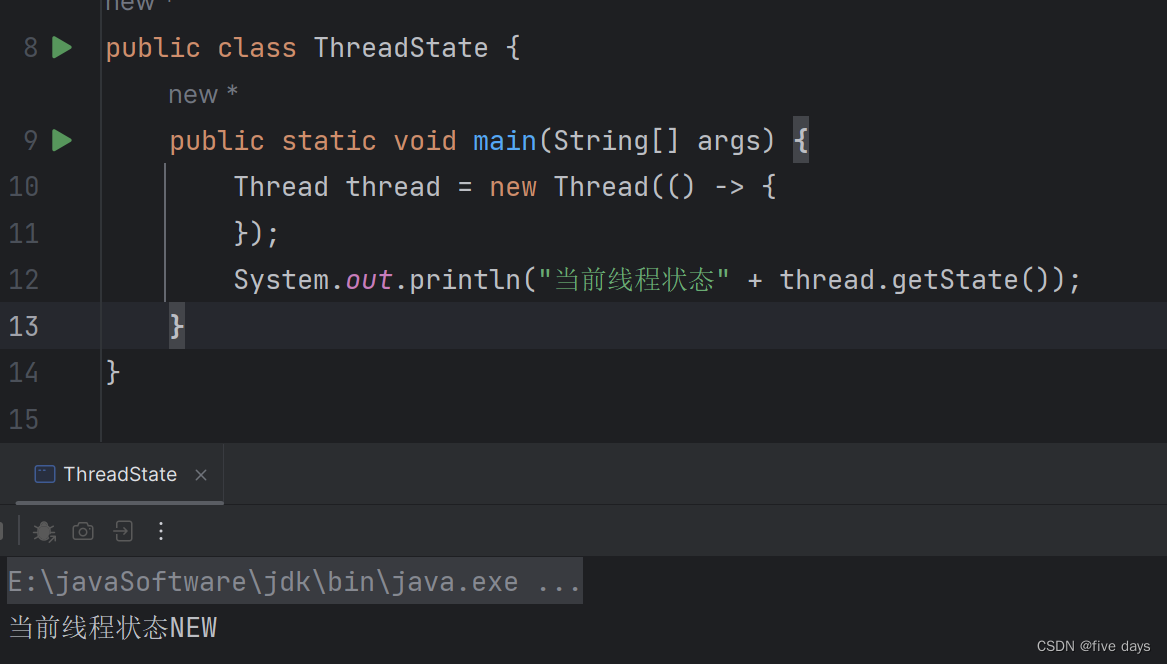
创建一个线程,但还未启动,为初始NEW状态
6.2 运行中(RUNNABLE)
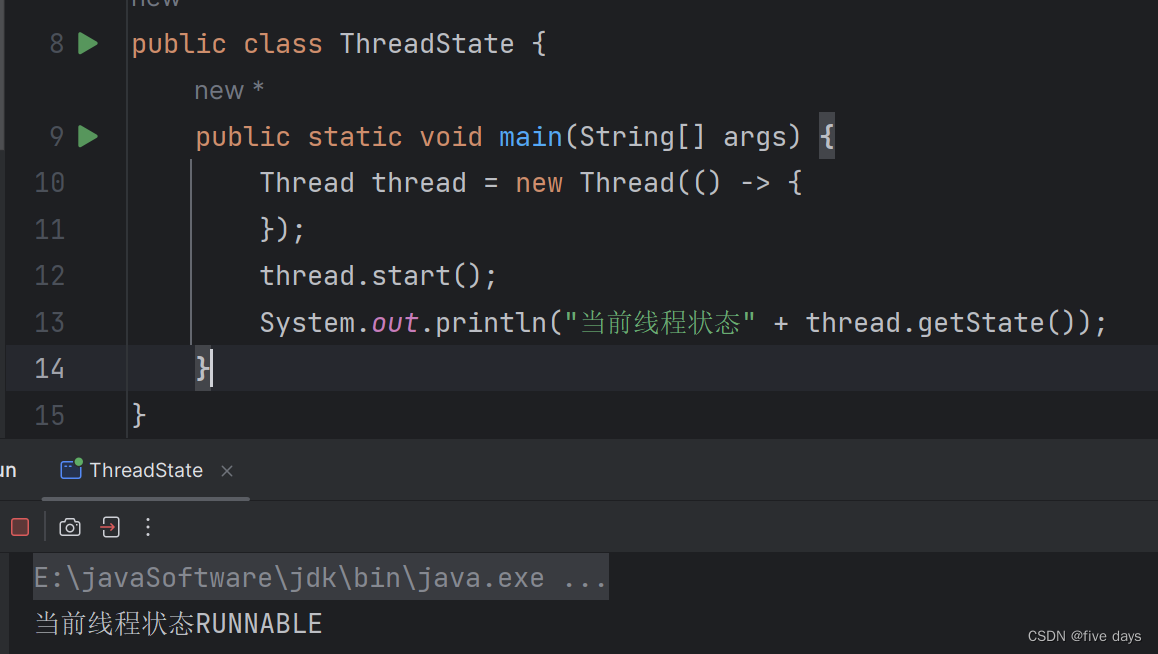
增加了一个start方法 启动该线程,则该线程进入RUNNABLE状态
6.3 等待(WAITING)

调用wait方法让线程处于等待状态
6.4 阻塞(BLOCKED)
public class ThreadBlocked {
synchronized public static void blocked() {
try {
Thread.sleep(1000000);
} catch (InterruptedException e) {
throw new RuntimeException(e);
}
}
public static void main(String[] args) throws InterruptedException{
Thread thread1 = new Thread(ThreadBlocked::blocked);
Thread thread2 = new Thread(ThreadBlocked::blocked);
thread2.start();
thread1.start();
System.out.println("线程状态:" + thread2.getState());
System.out.println("线程状态:" + thread1.getState());
}
}
线程2先获取到锁,线程1就处于阻塞状态
6.5 超时等待(TIMED_WAITING)
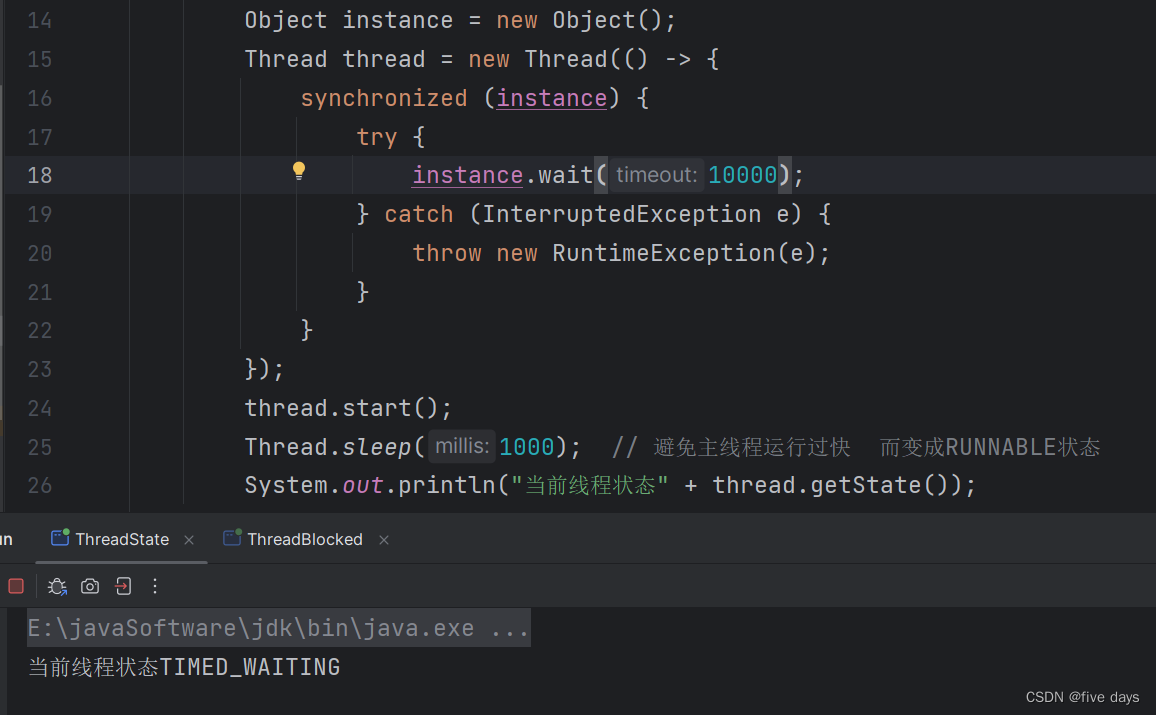
与等待类似,只不过限定了一个时间,超过时间就取消等待
6.6 终止状态(TERMINATED)
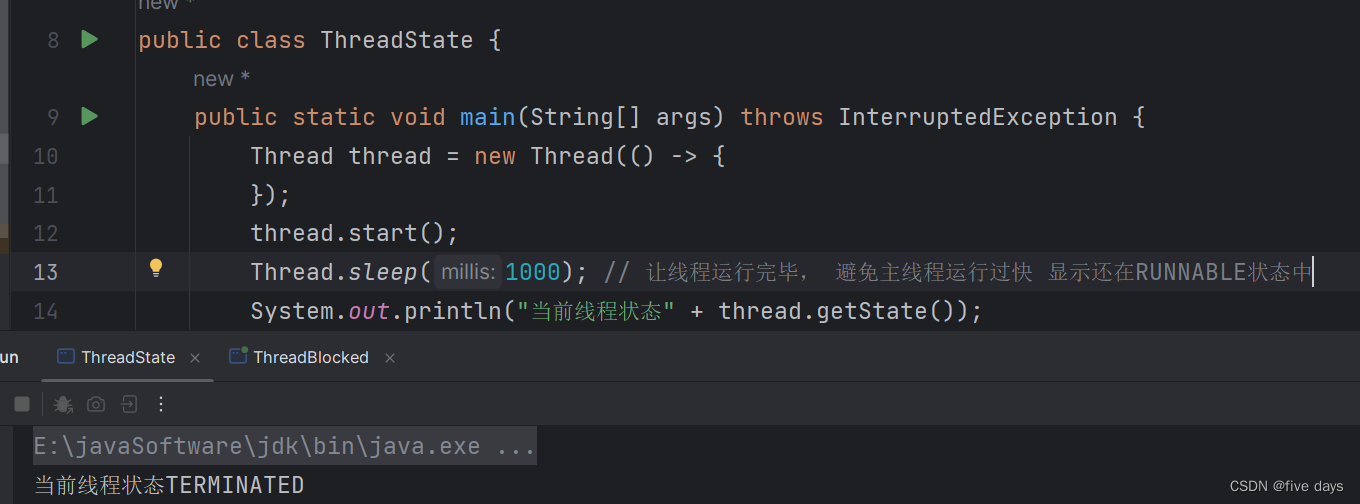
线程运行结束
七、线程的通信方式
1.共享内存。如volatile共享内存
2.消息传递。如wait/notify等待通知方式
3.管道输入/输出流。 如PipedOutputStrean、PipedInputStrean、PipedReader和PipedWriter
八、线程的安全性问题
如果多个线程在做同一件事情的时候,会造成以下的安全性问题:
1.原子性 Synchronized、AtomicXXX、Lock
2.可见性 Synchronized、volatile
3.有序性 Synchronized、volatile

![洛谷P8599 [蓝桥杯 2013 省 B] 带分数](https://img-blog.csdnimg.cn/direct/2012e5afc8034938b4f4e014ebcd1ca8.png)





